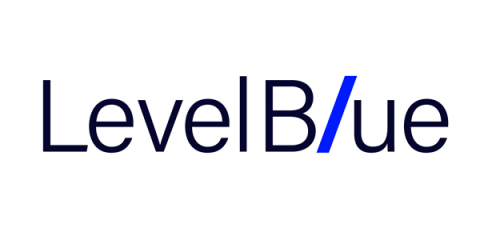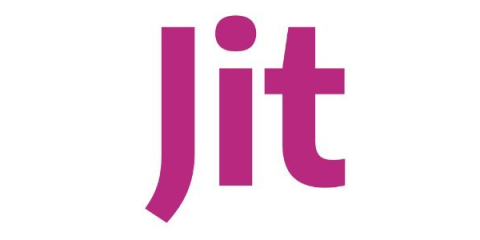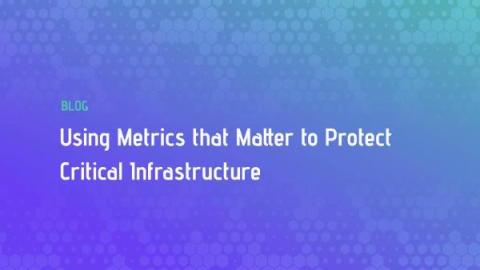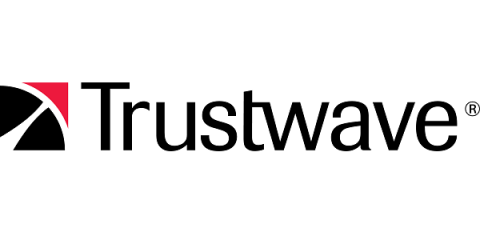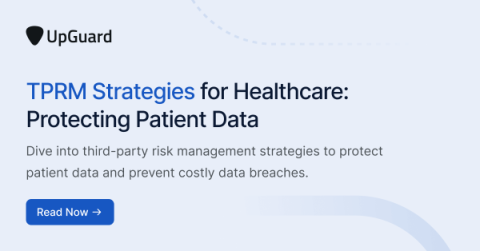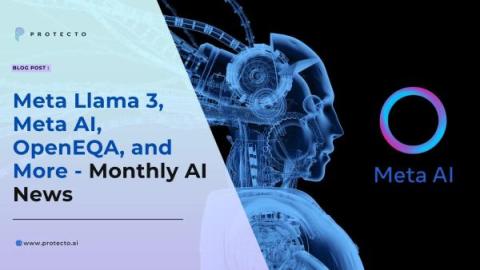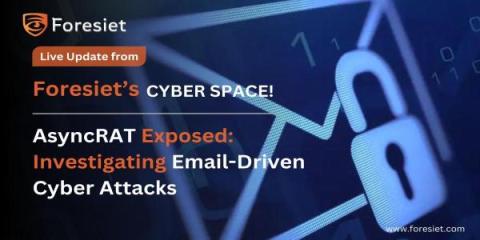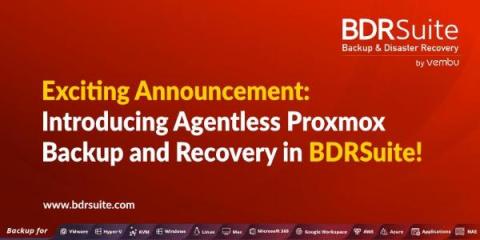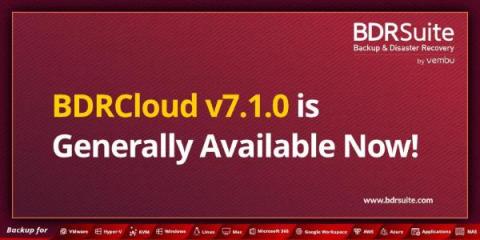Wild Wisdom: What Technology Learns from the Natural World
The content of this post is solely the responsibility of the author. LevelBlue does not adopt or endorse any of the views, positions, or information provided by the author in this article. As a high school student interested in exploring the connection between technology and nature, I was curious to find out how the natural world inspires modern technological advances. My research journey started with some basic Google searches and reading through articles on biomimicry.


